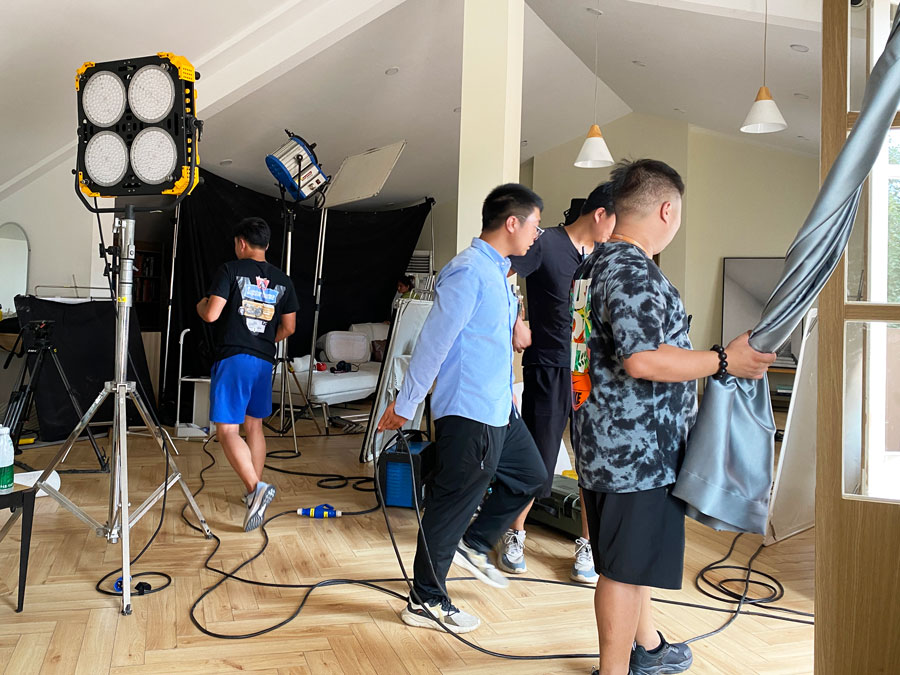Shenzhen, a thriving metropolis in Guangdong, China, is celebrated for its cutting-edge video production industry. Here, the art of video is built from individual frames, each captured through various lens techniques that shape the final masterpiece. The impact of these techniques on the final product is immense, defining the narrative flow, detail, and emotional connection.
In the realm of product video production in China, the key to compelling visual storytelling lies in the choice of technique. Here are eight fundamental video shooting techniques that every aspiring videographer should know:
-
Push Shot
Moving the camera forward or zooming in creates a sense of closeness, revealing the product’s finer details. It’s ideal for drawing viewers into the scene, offering a gradual immersion. -
Moving Shot
By attaching the camera to a moving object, a dynamic effect is created that showcases a stationary subject in a seamless narrative style, ideal for panoramic or exhibition-like presentations. -
Follow Shot
Also known as tracking, this technique keeps the subject in focus while following its movement. For example, in hospitality videos, this technique could capture a server moving through a busy restaurant. -
Pan Shot
The camera remains fixed, but the lens pans left, right, up, or down. This method is widely used to present expansive landscapes or intricate architectural details, providing a viewer’s perspective. -
Rotational Shot
This effect spins the scene, often over 360 degrees, and is used to convey a sense of motion or disorientation, perfect for adding drama or tension. -
Pull Shot
The reverse of the push shot, this involves moving backward or zooming out. It expands the viewer’s perspective, framing the subject in context with its surroundings. -
Swing Shot
A swift swing of the camera lens transitions from one subject to another, creating a motion blur effect that emphasizes narrative or focus changes within a scene. -
Shake Shot
By shaking the camera, this technique simulates chaos, such as an earthquake or intense moment. It’s used sparingly to emphasize high-stakes scenarios.

Shenzhen’s video production companies, equipped with top-tier technology and expert videographers, excel in mastering these techniques. From e-commerce video production to high-quality product rendering, businesses in Shenzhen benefit from a diverse range of services tailored to meet visual storytelling needs. Whether you seek professional product photography in China or a Shenzhen-based video production company to elevate your brand, the city offers a robust platform for exceptional commercial videography.